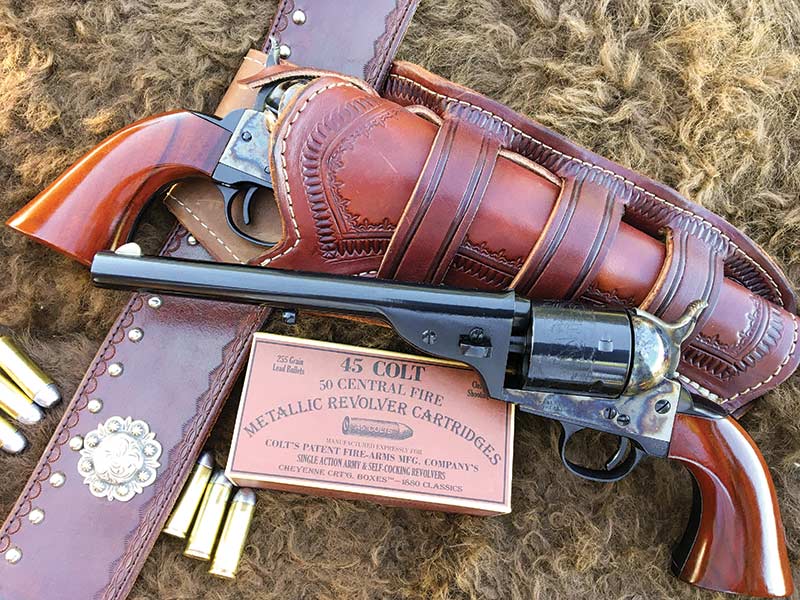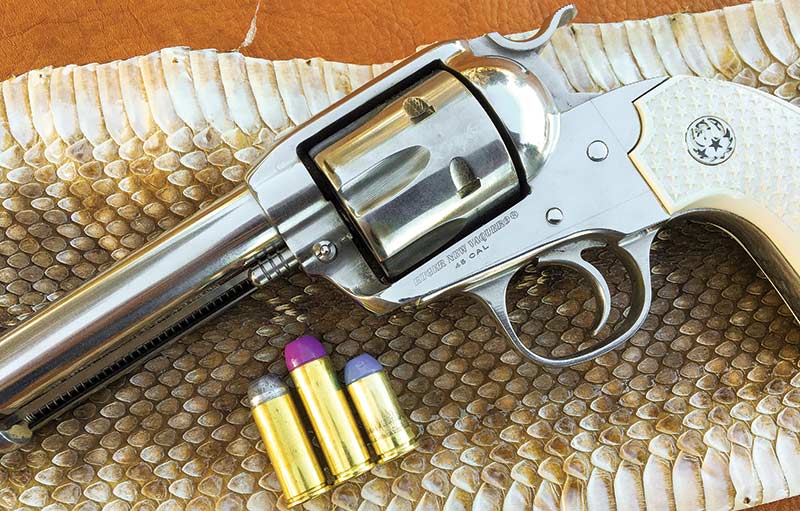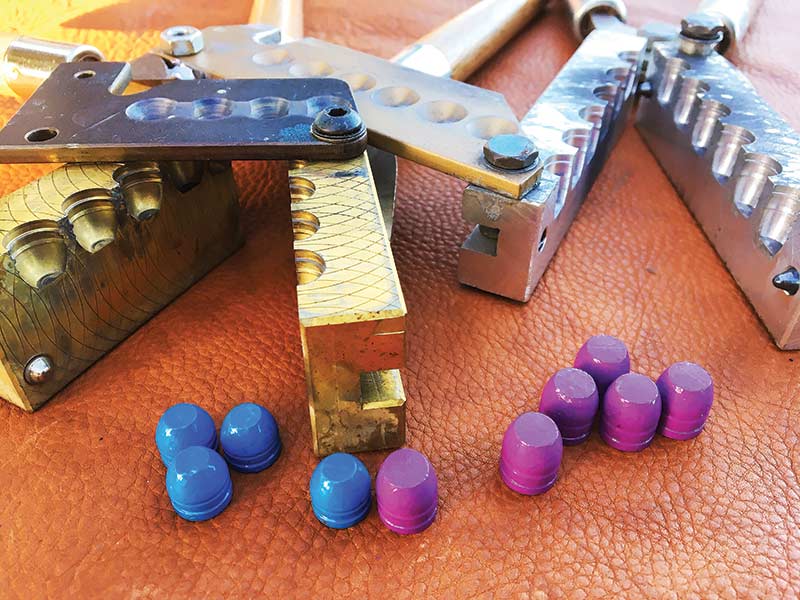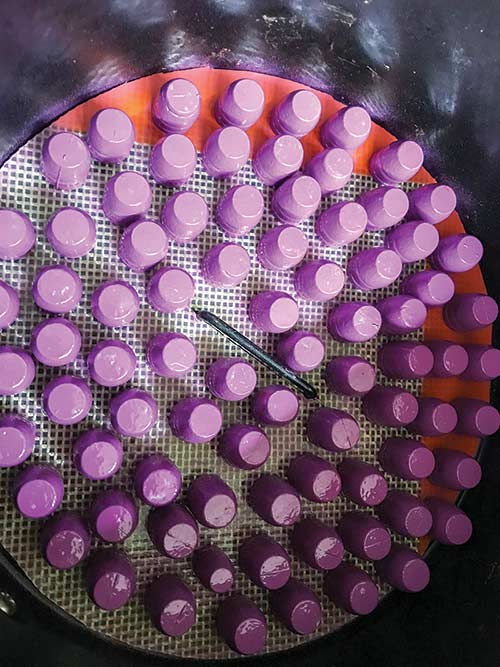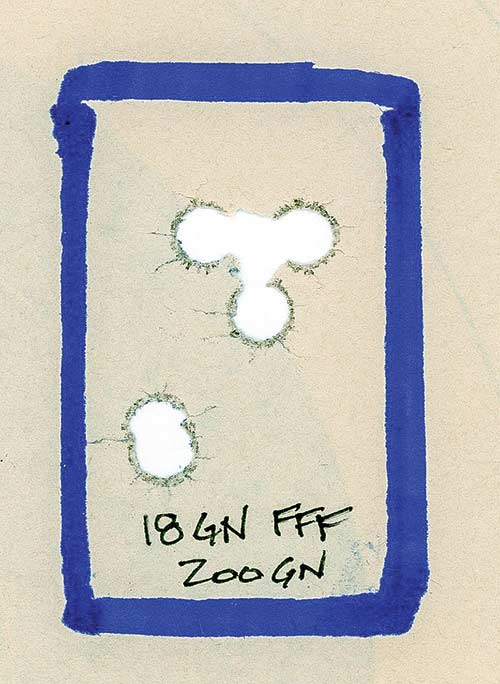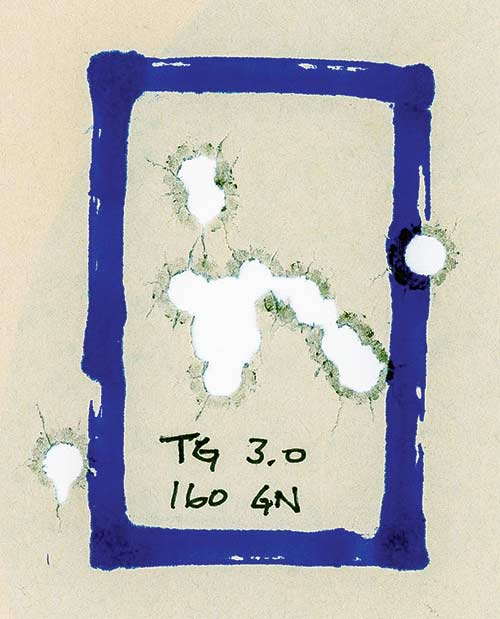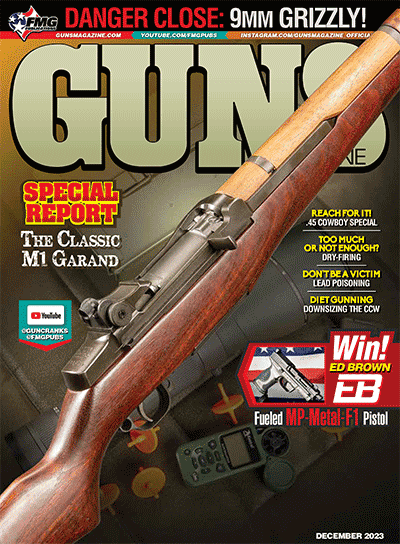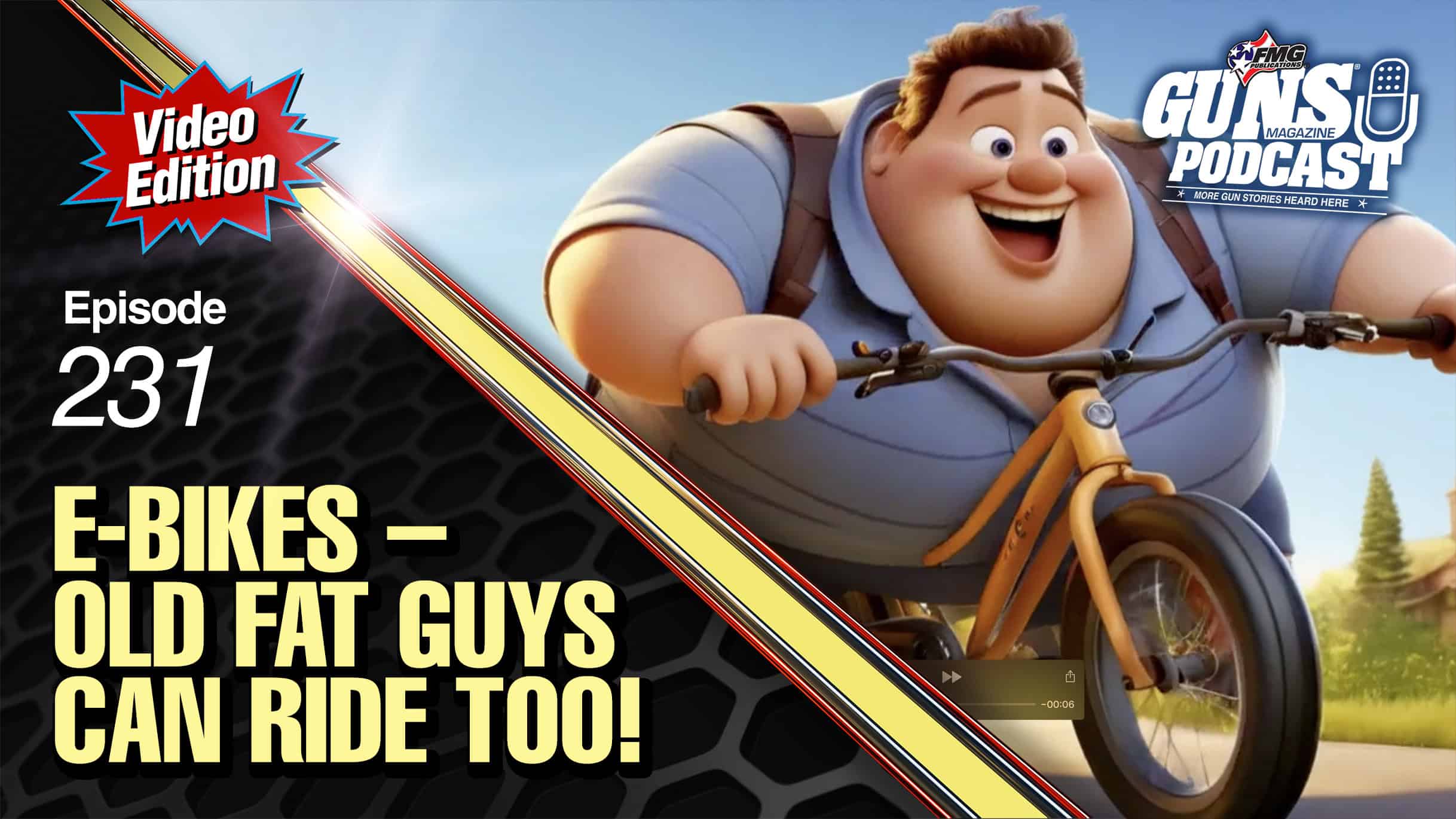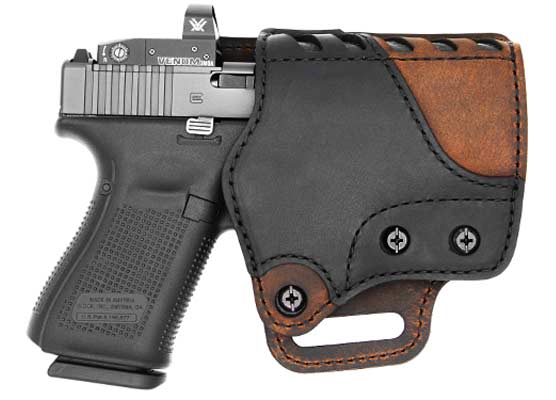The Cowboy .45 Special
Sometimes Less Is More!
When introduced in 1873 for the Colt Single Action Army, the .45 Colt was a powerhouse of a pistol cartridge. Initially, the cartridge had a 255-grain bullet propelled by a case full of 40 grains of black powder. The cartridge was undoubtedly a man-stopper and horse killer, and many troopers had difficulty controlling the recoil. After a few years, the powder charge was reduced to a more manageable 28 grains of black powder.
Rebirth
The rise of Cowboy Action Shooting (CAS) in the 1980s breathed new life into the sales of guns chambered in the .45 Colt. The .45 Colt case had been modified with an extractor groove making it possible to use in rifles. With the added groove, the iconic Winchester and Marlin lever action rifles could feed and extract the .45 Colt.
When I first started competing in cowboy action shooting, I started with a Winchester ’73, and the Ruger Vaquero chambered in the .38 Special. As I dove deeper into CAS, I migrated to a category requiring a cartridge of .40 caliber or larger. The natural choice was the .45 Colt.
The 230-grain round-nose flat-point (RNFP) bullet seemed like a good choice — it smacked the targets with authority! But, I soon realized I didn’t need much lead to make a steel target ring and the recoil was increasing the time to get back on the target. Lee offers a .452 200-grain RNFP six-bullet mold that cranks out bullets once it’s at temperature. The bullet still rings the steel targets and has enough energy to take down knock-down targets.
I was at a major match and had my wife video my performance running through the stages. I was apparently taking too much time on the pistol targets and recoil was one of the culprits. I needed to get back to thwas designed for black powder. Modern smokeless powders don’t take up nearly the same volume and can cause issues with position-sensitive powders.
At first, I thought about going to a .45 Schofield case, but after asking what my fellow competitors were using, I found they had gone to a 160-grain .452 bullet and a reduced powder charge in a particular case made for CAS by Starline Brass, the Cowboy .45 Special (C45S).e recoil of the .38 Special, or at least as close as possible. Loading a full-sized .45 Colt case down can be problematic. The case
Arrival
The Cowboy .45 Special was first designed by “Adirondack Jack,” a dreamer who took the cartridge from conception to producing 500,000 for the hungry market. Since then, boutique ammunition companies for the Cowboy Action market have produced the C45S. The loaded ammunition is designed to deliver a 130-grain hollow base or 160-grain solid base bullet at 500 fps. Clearly, it’s not meant for big game hunting but for plinking or steel competition, it fills the bill very nicely.
The C45S is almost identical in size to the obsolete .45 Auto Rim. The bullets can be the same size and weight, but the energy is usually lower in the Cowboy .45 Special.
The .45 Auto Rim is an anomaly in itself. During WWI, gun makers did everything they could to support the war effort, including producing revolvers chambered for the new military .45 ACP. The Achilles Heel? The need for half-moon clips to hold the .45 ACP cartridges in the cylinder properly. With hundreds of thousands of surplus revolvers on the market after the War to End All Wars, the Peters Cartridge Company thought outside the box. It made a rimmed cartridge for those revolvers eliminating the need for moon clips!
As just pointed out, the .45 Auto Rim was designed for use in revolvers made for the .45 ACP and there lies the danger. The .45 ACP generates much higher pressures than what SAAMI recommends for the .45 Colt. At a maximum rating of 15,000 CUP, SAAMI specifications for the .45 Auto Rim are lower than the .45 ACP but still higher than the .45 Colt, so while the starting loads for the .45 Auto Rim can be used in the C45S, some maximum .45 Auto Rim loads can generate unsafe pressures. While newer .45 Colt revolvers most likely can handle the higher pressure, the Colt Single Action Army revolver chambered in .45 Colt has thin cylinder walls. As a result, the pressure is limited to 14,000 CUP in firearms in good condition, proofed for smokeless powder.
Since the C45S is a wildcat round, there isn’t data from major component suppliers like Speer or Lyman. As such, we need to keep pressures at or below the .45 Colt. I am not looking for heavy loads — I want less recoil while consuming less powder and lead. With the rise in cost and scarcity of reloading supplies since 2019, anytime I save expenses, it’s a win.
Differences
The .45 Auto Rim and Cowboy 45 Special are just a few thousandths of an inch different in length and diameter. The most significant difference is the rim thickness and diameter. A 45 Colt resizing die will work, and with a bit of adjusting, the neck sizer also reaches. Some use the 45 ACP crimp die, but many, like myself, prefer a roll crimp vs. taper crimp. The difficulty with such a short cartridge will be roll-crimping the loaded round.
I wouldn’t say I like splitting up die sets to make something work. When Adirondack Jack was selling the C45S, he recommended the Hornady 45 Auto/AR/Win three-die set (#546554). It was made for the .45 Auto Rim, so no modifications are required.
Powder Up
In most cases, Hodgdon’s Trail Boss would be my first choice for the Cowboy 45 Special. The large donut-flake powder fills the case nicely and eliminates position sensitivity issues. But Trail Boss isn’t in production as I write this, and 9-oz. bottles are selling at auction for $200 so I looked for loads using powder available in a post-COVID world.
My choices are Red Dot, Bullseye, Titegroup and FFF black powder. During testing, all gave fairly consistent velocities. I draw from a holster in competition and gravity will act on the gunpowder, pulling it away from the primer. I have had issues with reliable ignition with powders in the .45 Colt case, but it wasn’t the situation with the C45S. The case did its job by reducing the available space inside the case.
Red Dot has been my go-to low-velocity powder since the early 1980s and I have used it for thousands of .38 Special loads. Of the smokeless loads I worked up, it was the bulkiest and approached what Trail Boss would have been. Heavier loads, filling the cases better, gave very consistent velocities.
Many claim Titegroup to be unaffected by position, so I chose it as one of my test loads. I found the standard deviation decreased as the powder volume increased, which is to be expected.
Bullseye is a perennial favorite for any reloading room but finding it during the last three years has been problematic. Luckily, I found a local shop with 5-lb. jugs at pre-2020 prices. One of the jugs went home with me. Of the powders I tested, it gave the velocities closest to what I was seeking.
Since many cowboy-action shooters prefer the Holy Black, I also tested Goex FFFg black powder. Remember no air gap is allowed between the powder and the bullet if you use black powder. Most BP shooters compress the charge just a little. I am one of those. If you use less powder than what is listed, use a filler like cornmeal, grits or a fiber wad to make the difference. If a black powder substitute is chosen, follow the manufacturer’s recommendations for loading.
Before you turn your nose up at using black powder, I found it gave the best accuracy of all the loadings. The grey clouds of smoke it produced also provided a respite from the clouds of gnats flying into my eyes, nose and mouth during the hours of testing!
Bullets
Lee offers a two-cavity mold (90570) for the 160-grain RNFP bullet but when using so many bullets, I firmly wish they would offer it in a six-
cavity version. Luckily, Accurate offers their 165-grain mold (45-165ZD) in a four-cavity.
For a 200-grain RNFP bullet, I prefer the Lee six-cavity mold (90697). It cranks out bullets almost as fast as I shoot them!
The test gun was a Ruger New Vaquero in .45 Colt. The revolver has fixed sights, which are less than desirable for precision target shooting but, for plinking and CAS competition, it is perfect.
CAS shooters also modify lever-action rifles to use the shorter cartridge, which means a gun can carry more in the tubular magazine. Or, a shorter, lighter rifle using the C45S can take the same rounds as a larger, heavier rifle using the 45 Colt. It’s much like the original cartridges made for lever actions such as the .44 Henry.
The supply of C45S cases is sporadic in our new normal. Starline often allows a backorder of their products, so get in line. Saving lead, powder and recoil is worth the wait.
